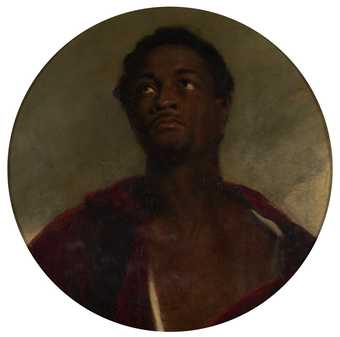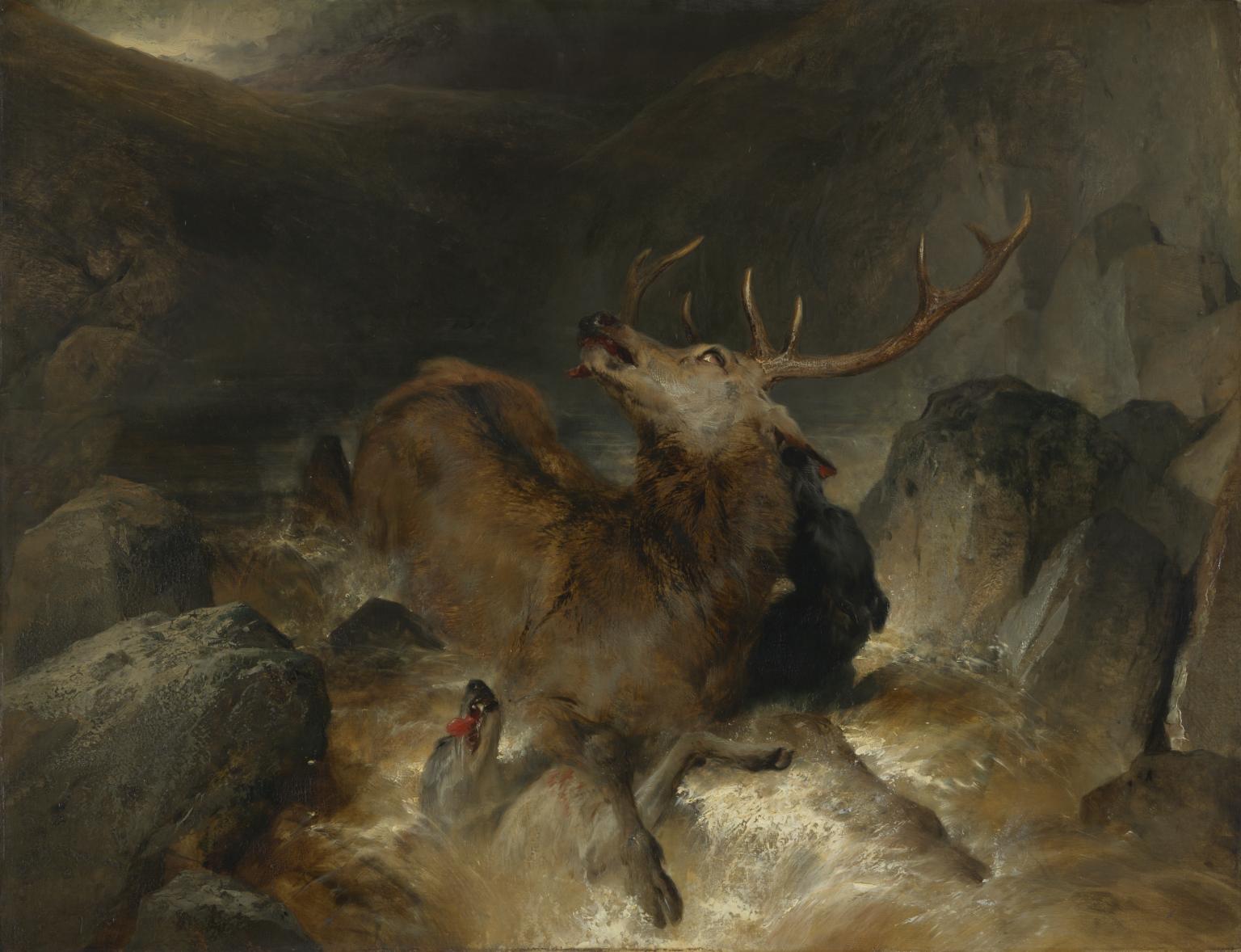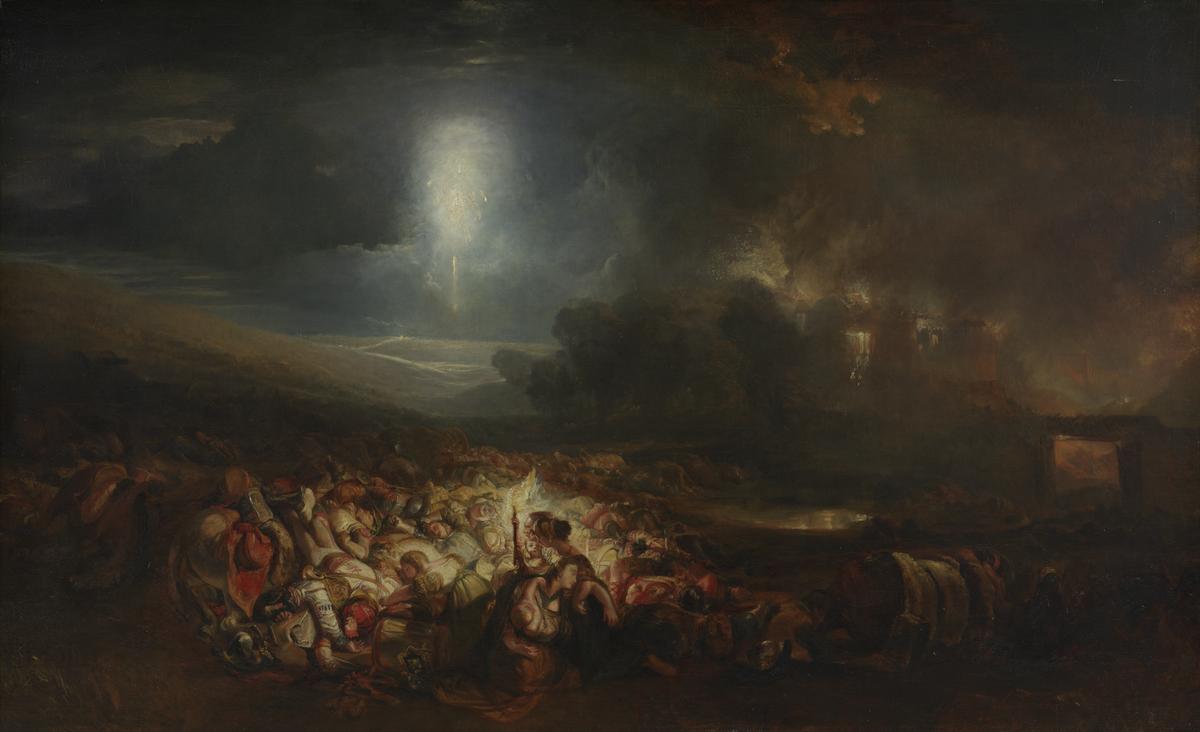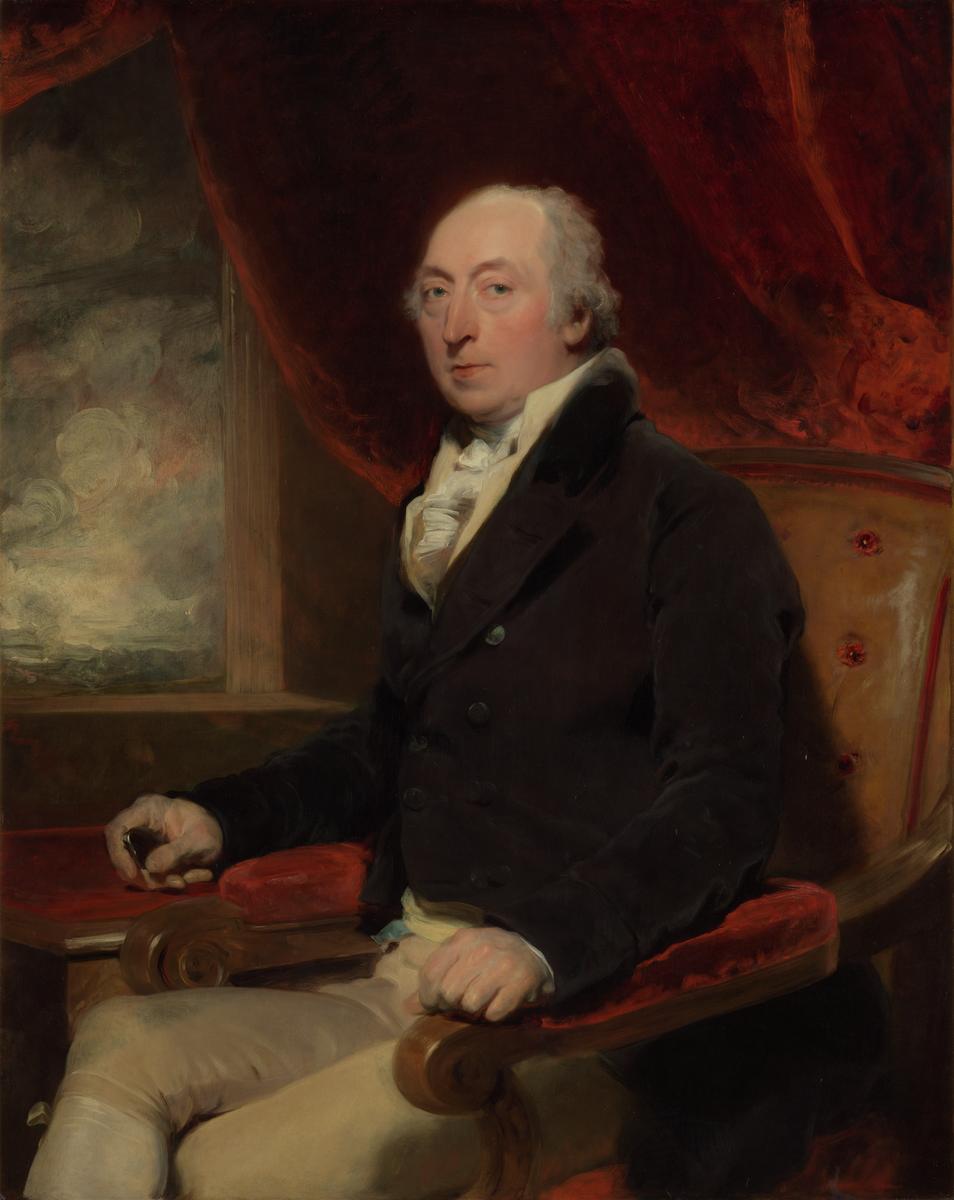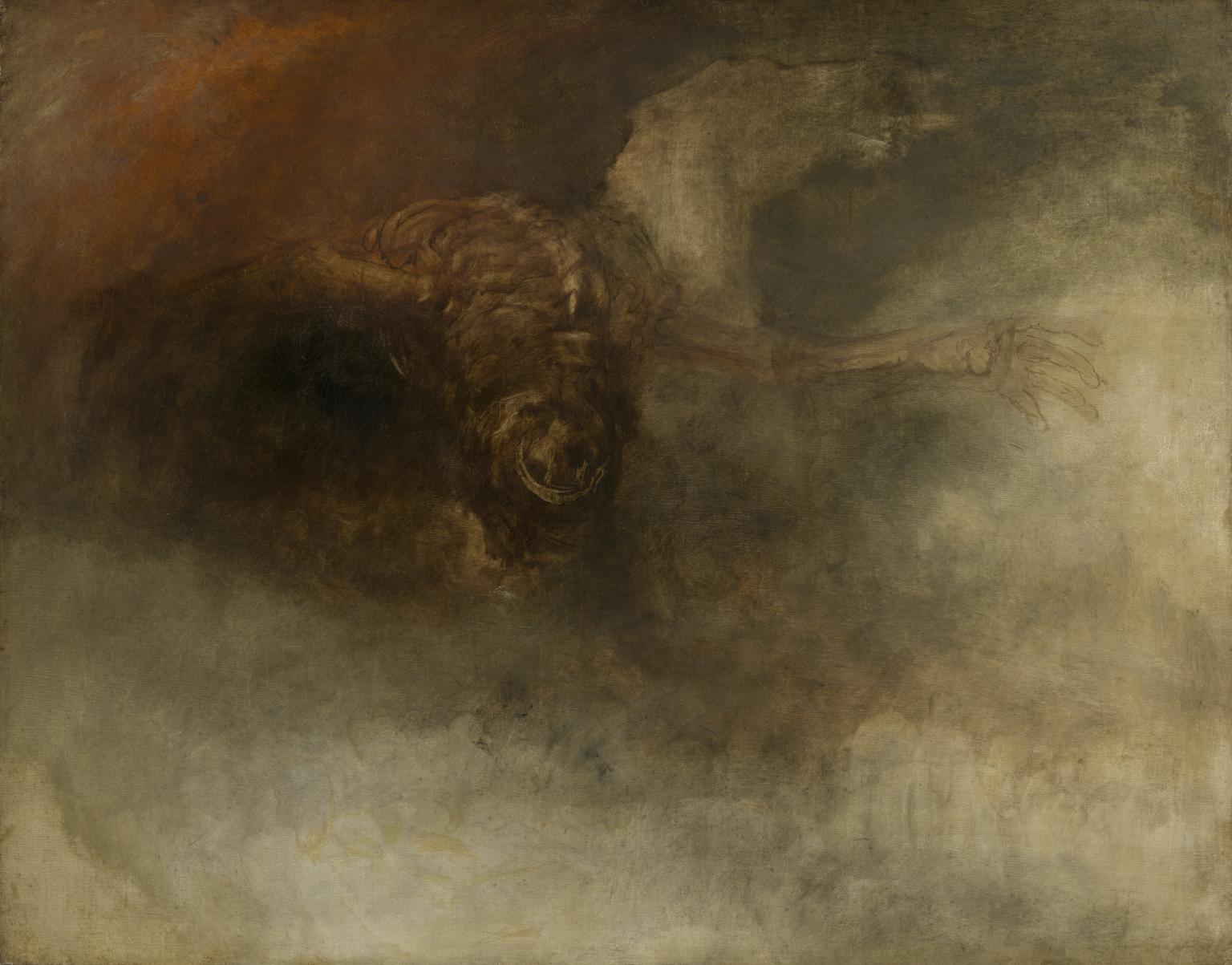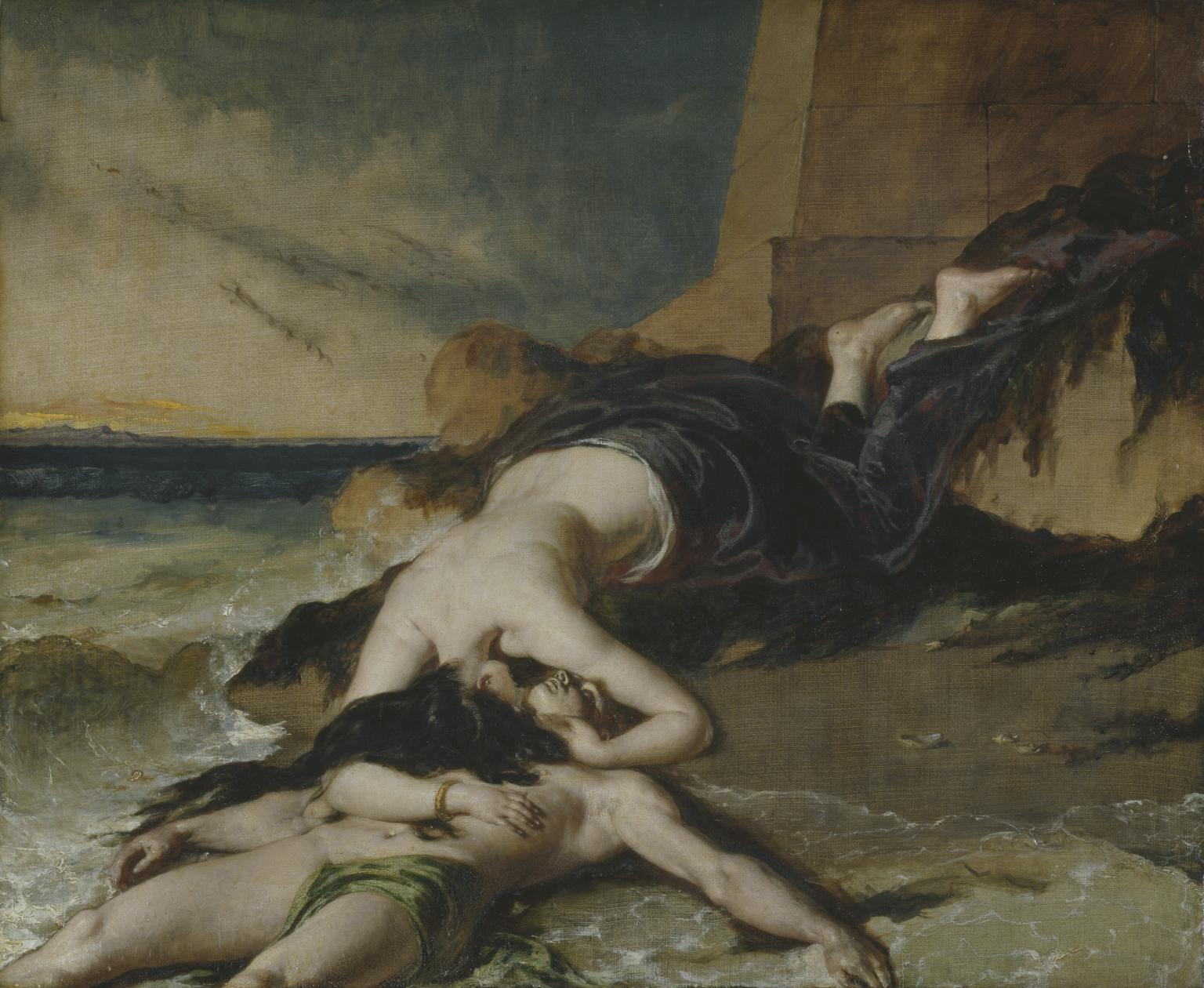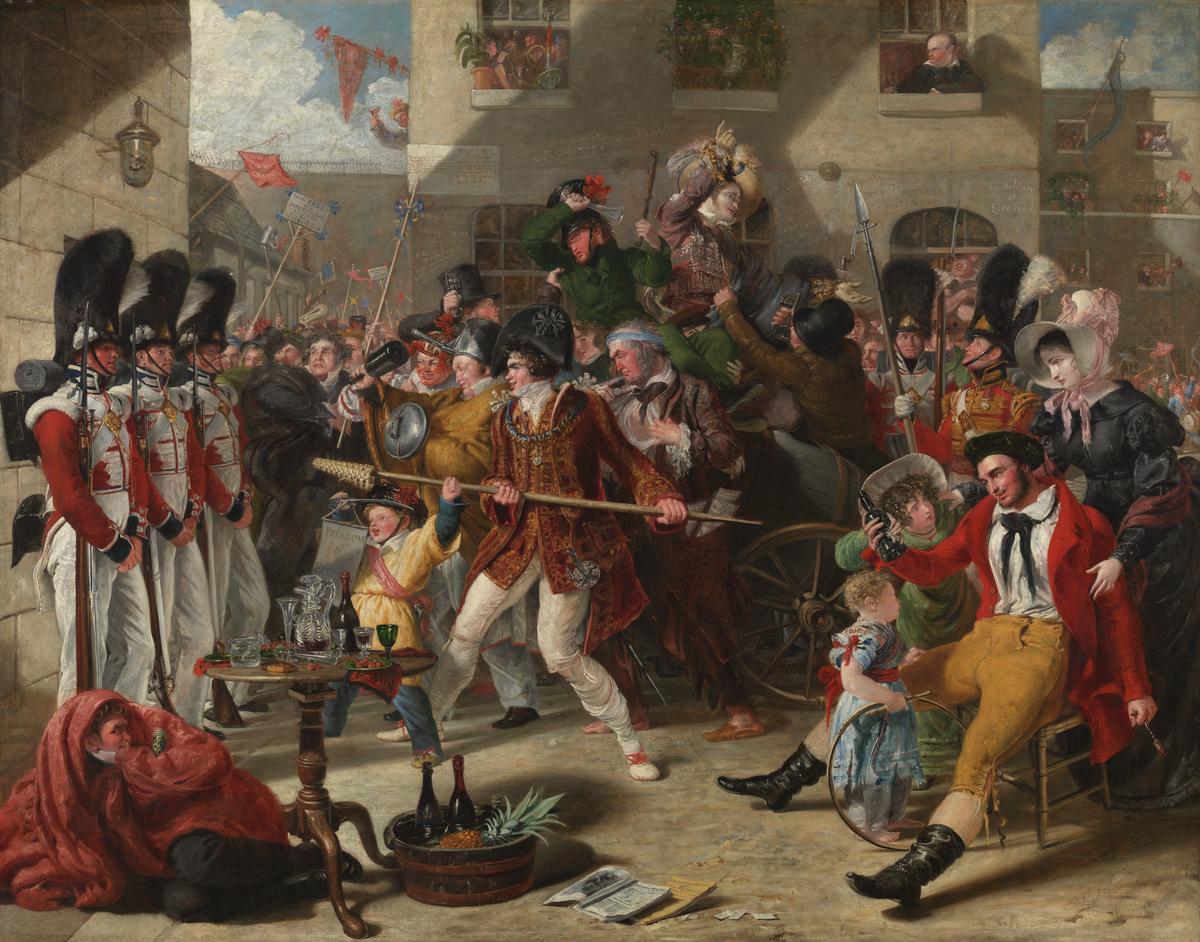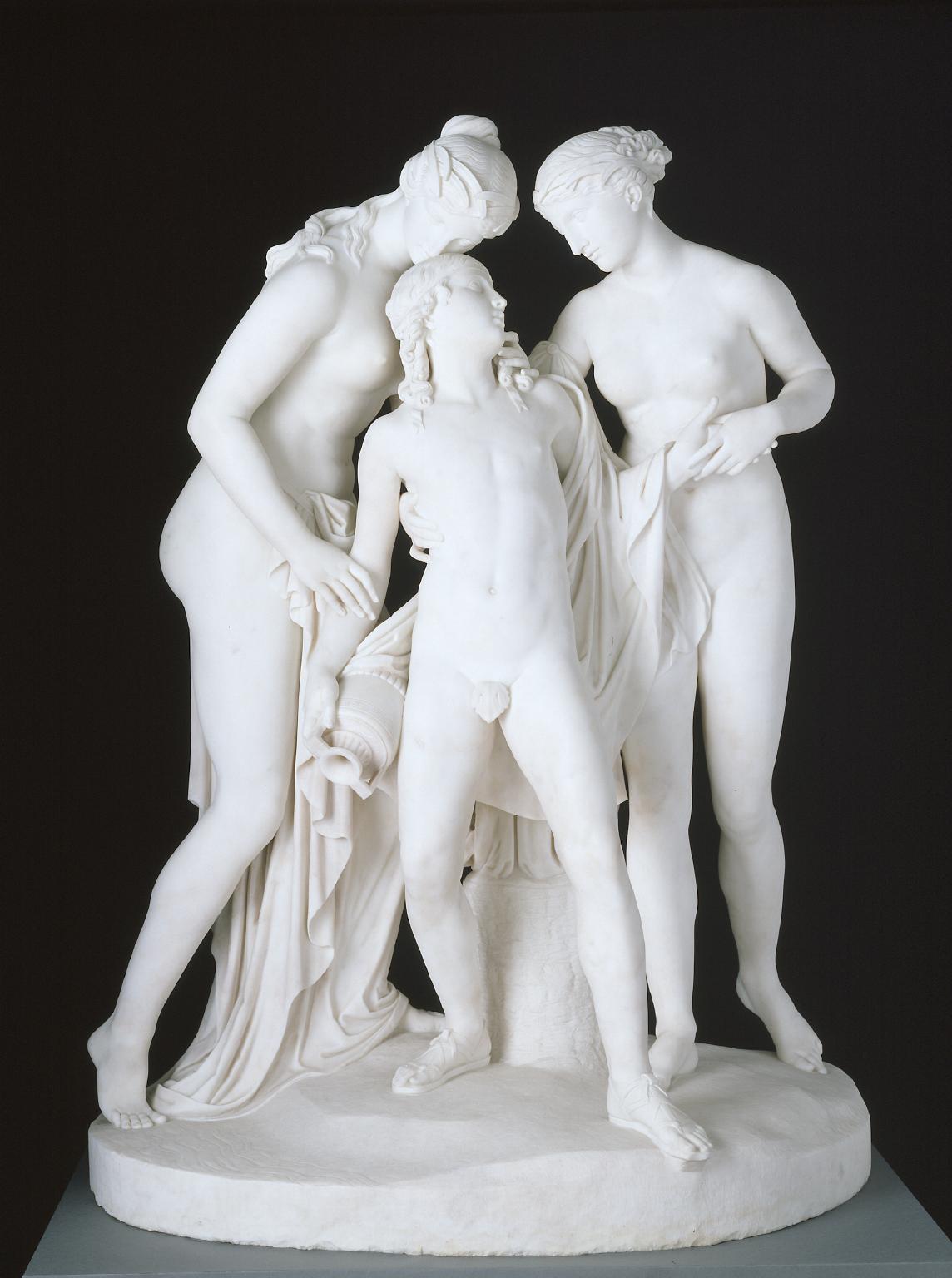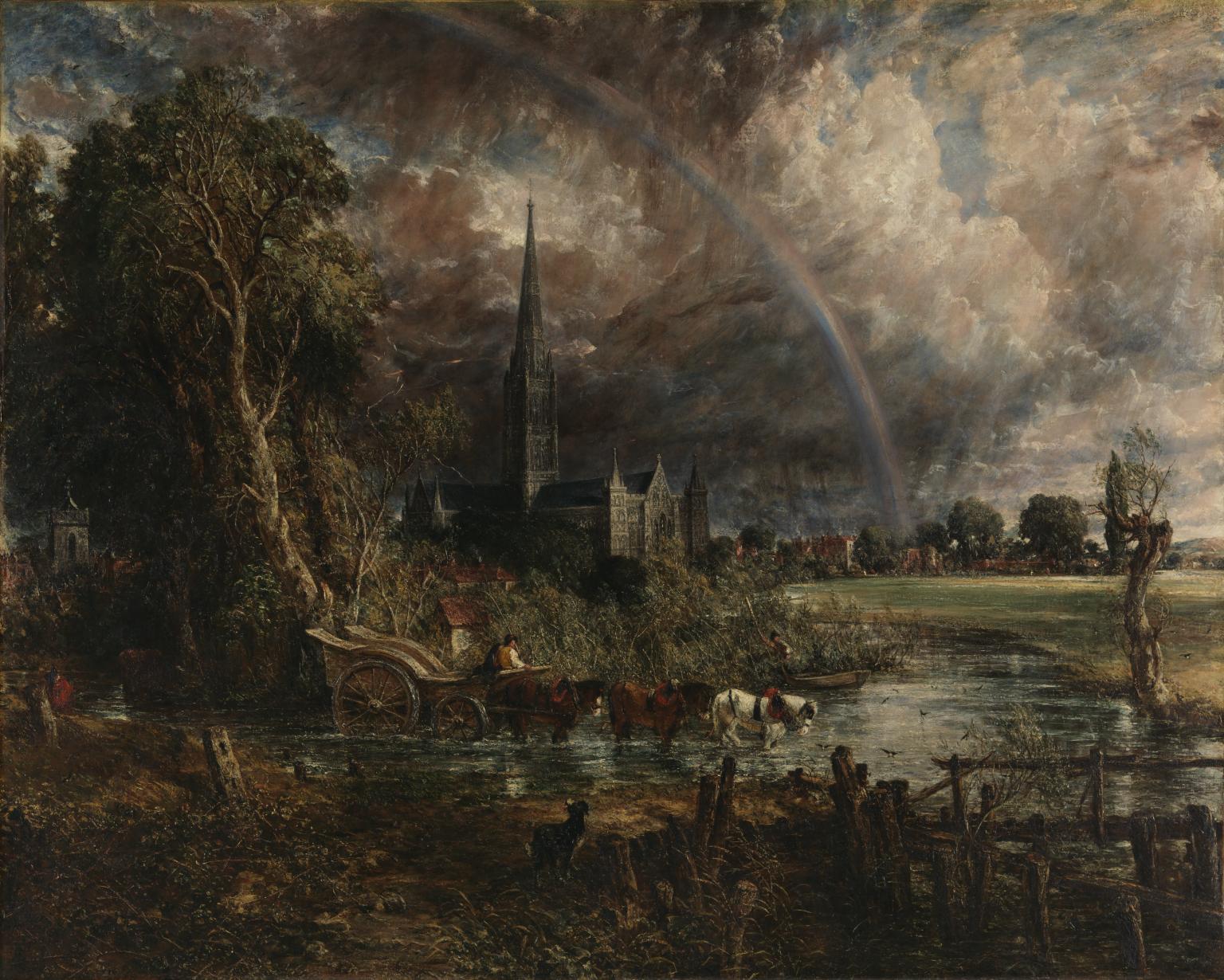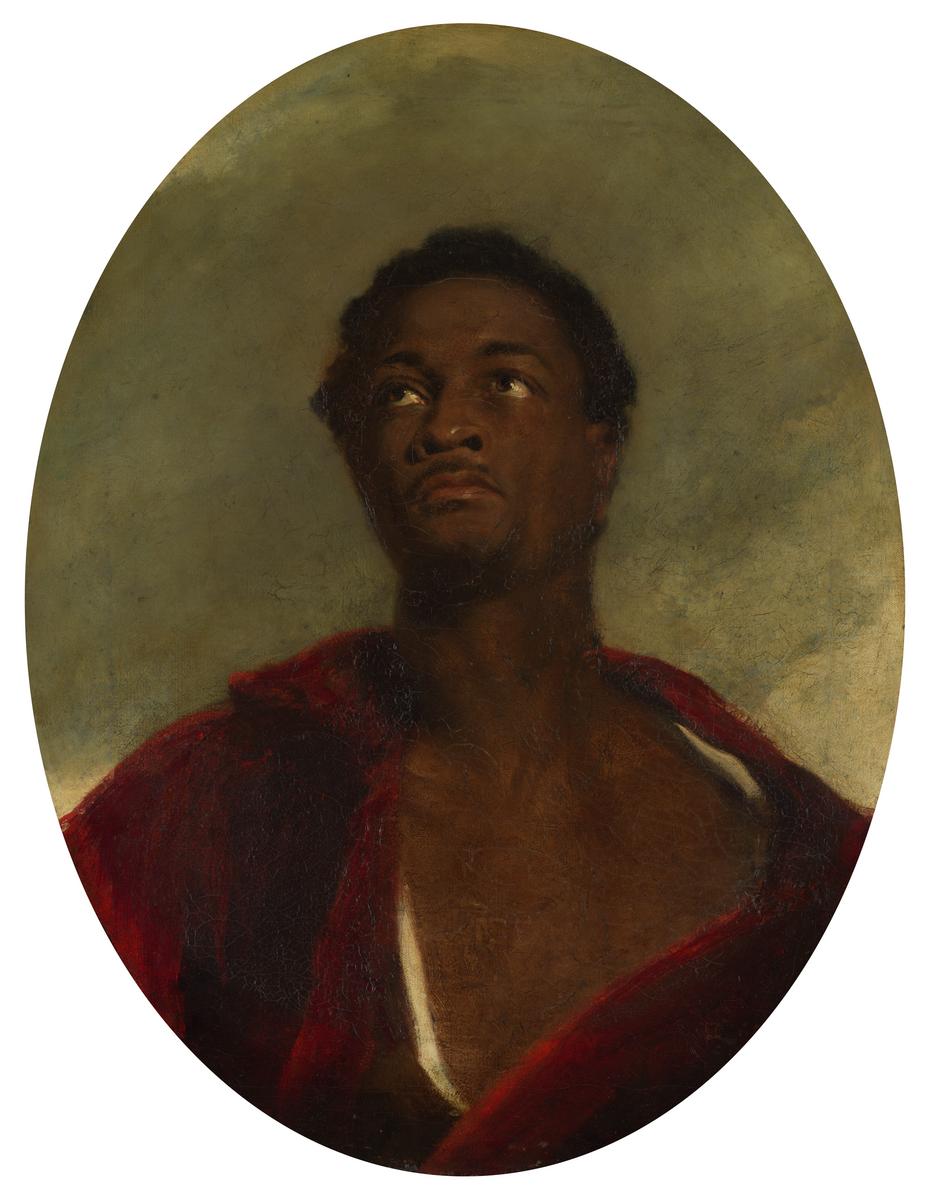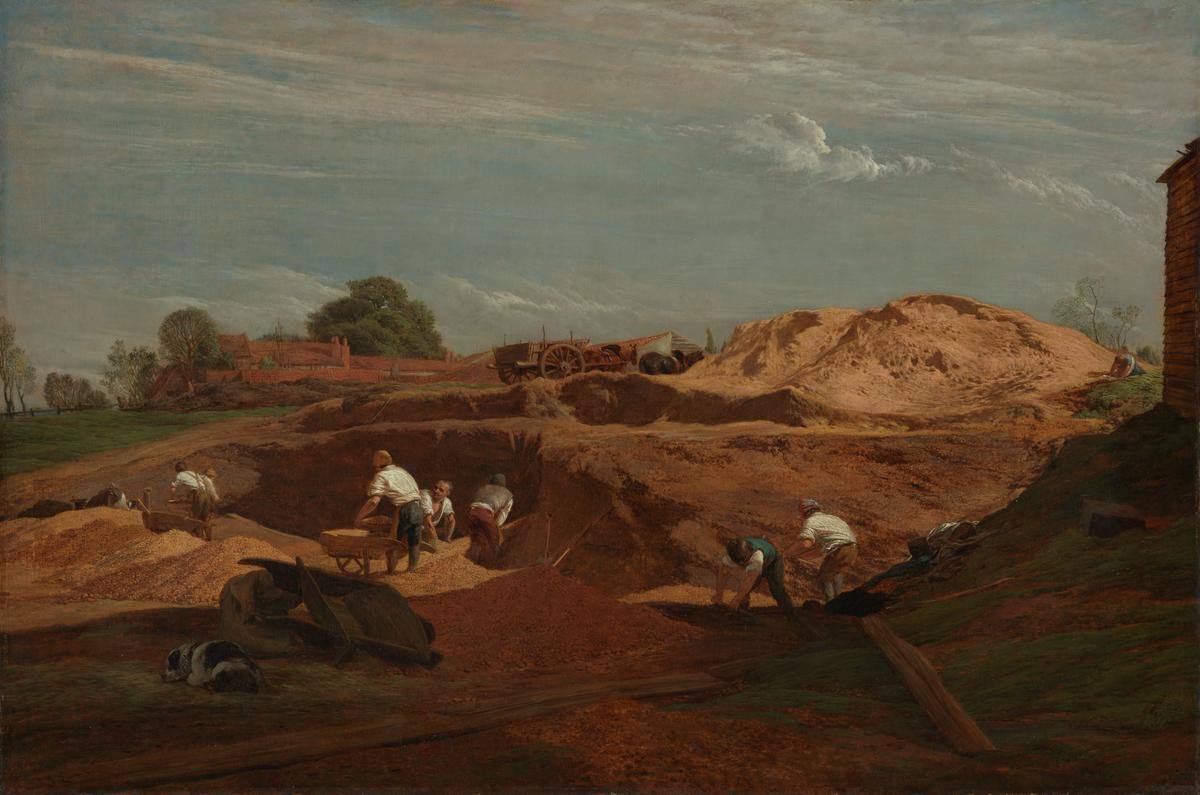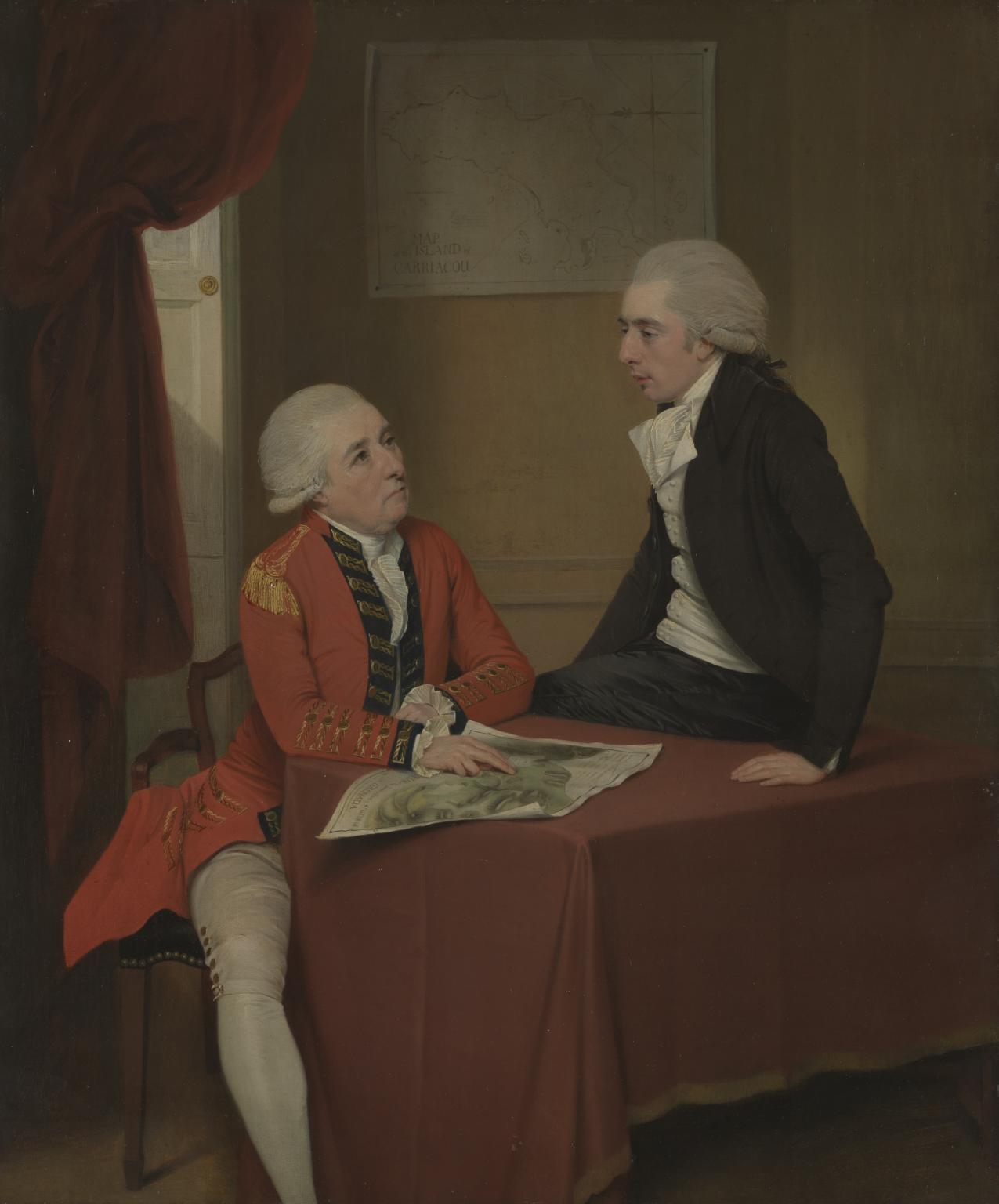19 rooms in Walk Through British Art
These are tumultuous times. Wars and revolutions, technology and trade transform lives across the globe. The art in this room reveals the different ways artists grapple with this turbulence
A series of revolutions, conflicts and political unrest sends shockwaves around an increasingly interconnected world. After the American Revolution (1775–1784) overturns Britain’s territorial claims there, Britain increasingly begins to develop its hold on colonies in the Caribbean, India, Australia and west Africa. The French Revolution (1789) soon after becomes a touchstone for political protest. It sparks radical new thinking about personal freedom and equality. These ideas play a central role in the Haitian Revolution (1791–1804), the frequent uprisings by enslaved people throughout the European colonies in the Caribbean, and later the abolition movement.
Britain and France are locked in a global war through the 1780s and 1790s, ending after the Battle of Waterloo in 1815. Britain consolidates its position as a major world power but there is a large cost for ordinary people, who suffer as taxes, poverty and unemployment rise. From the 1820s, these conditions fuel class conflict and see the rise of social movements protesting for better working conditions and political representation.
Art in Britain is transformed in these decades. The variety of styles and subjects in this room reflects the different ways artists engage with the era’s turbulence and instability. Some address current affairs directly, painting images of war and Empire or portraits of revolutionary thinkers. Some politically conservative artists create nostalgic visions of Britain. Other artists respond imaginatively, creating wild scenes of the supernatural and sublime. These evoke feelings of terror and awe, expressing a new confrontational spirit.
Poets, novelists and musicians also embrace this movement, known as Romanticism.
Art in this room
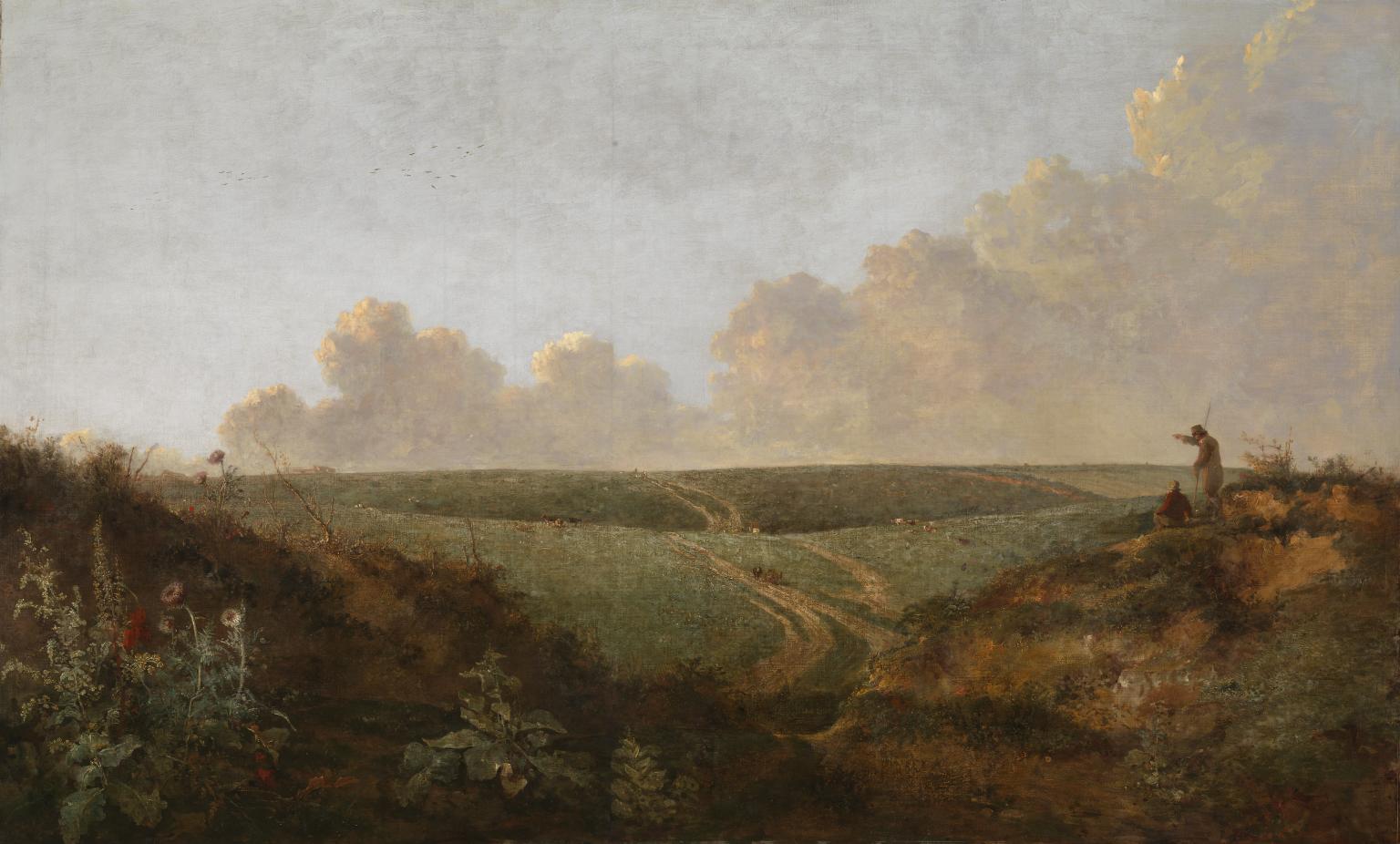
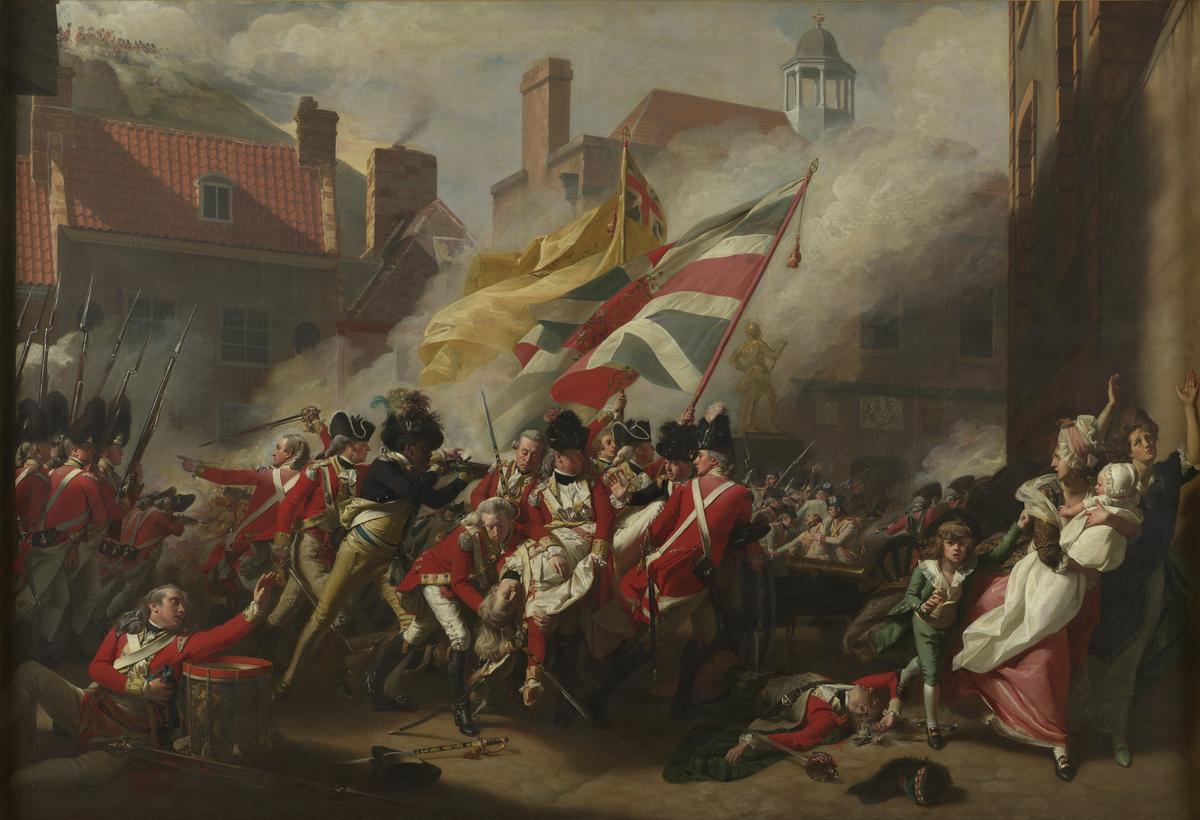
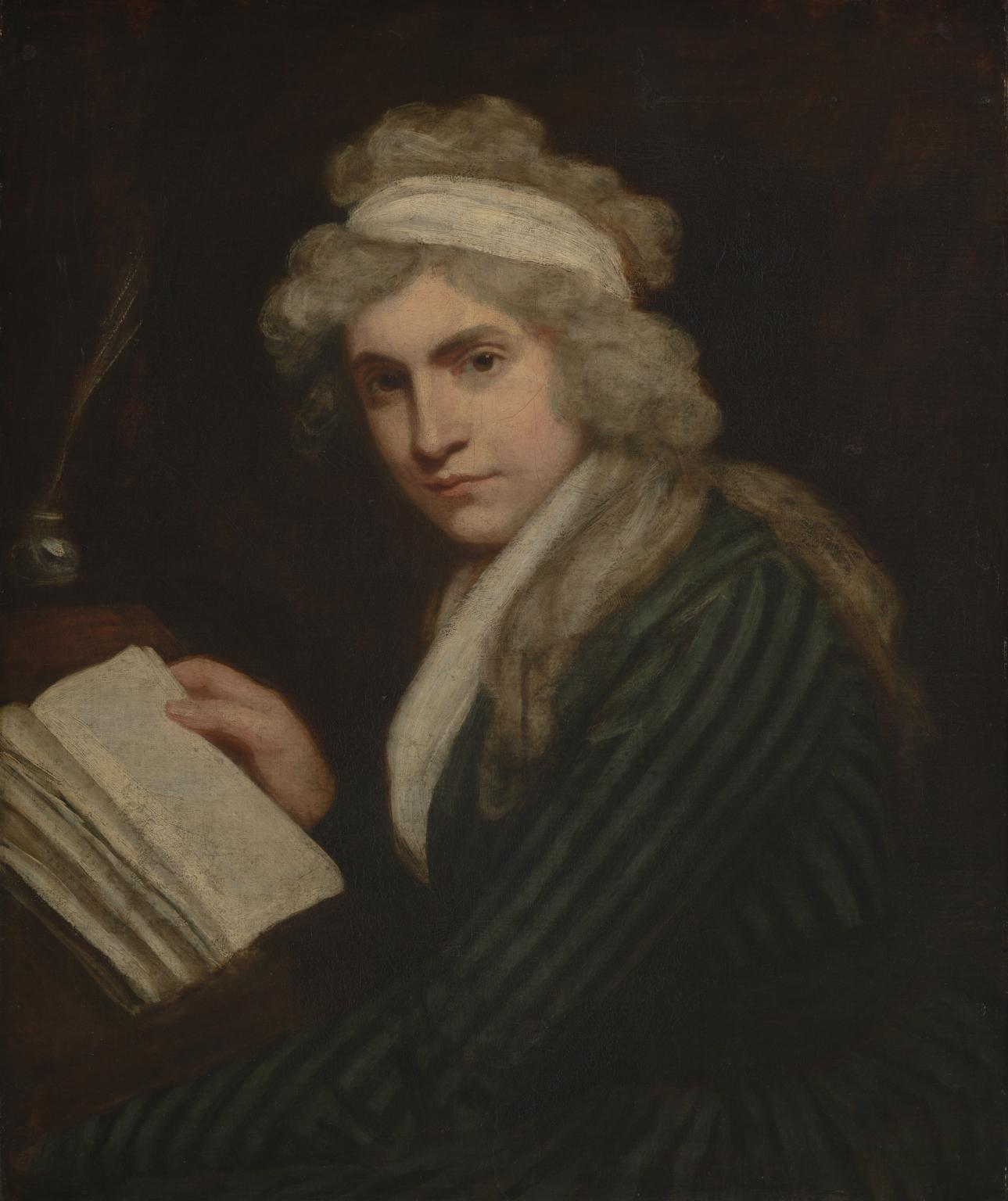
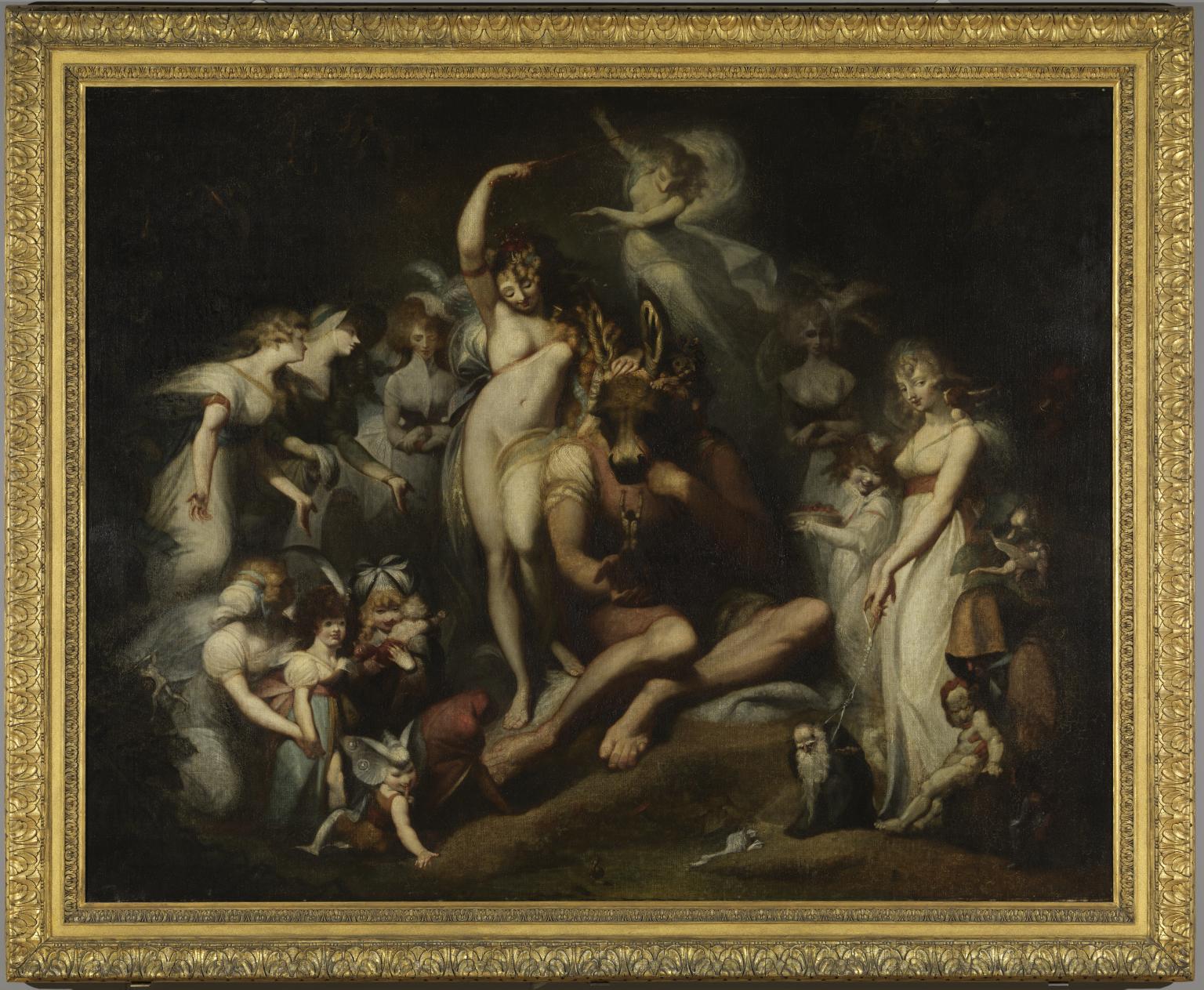

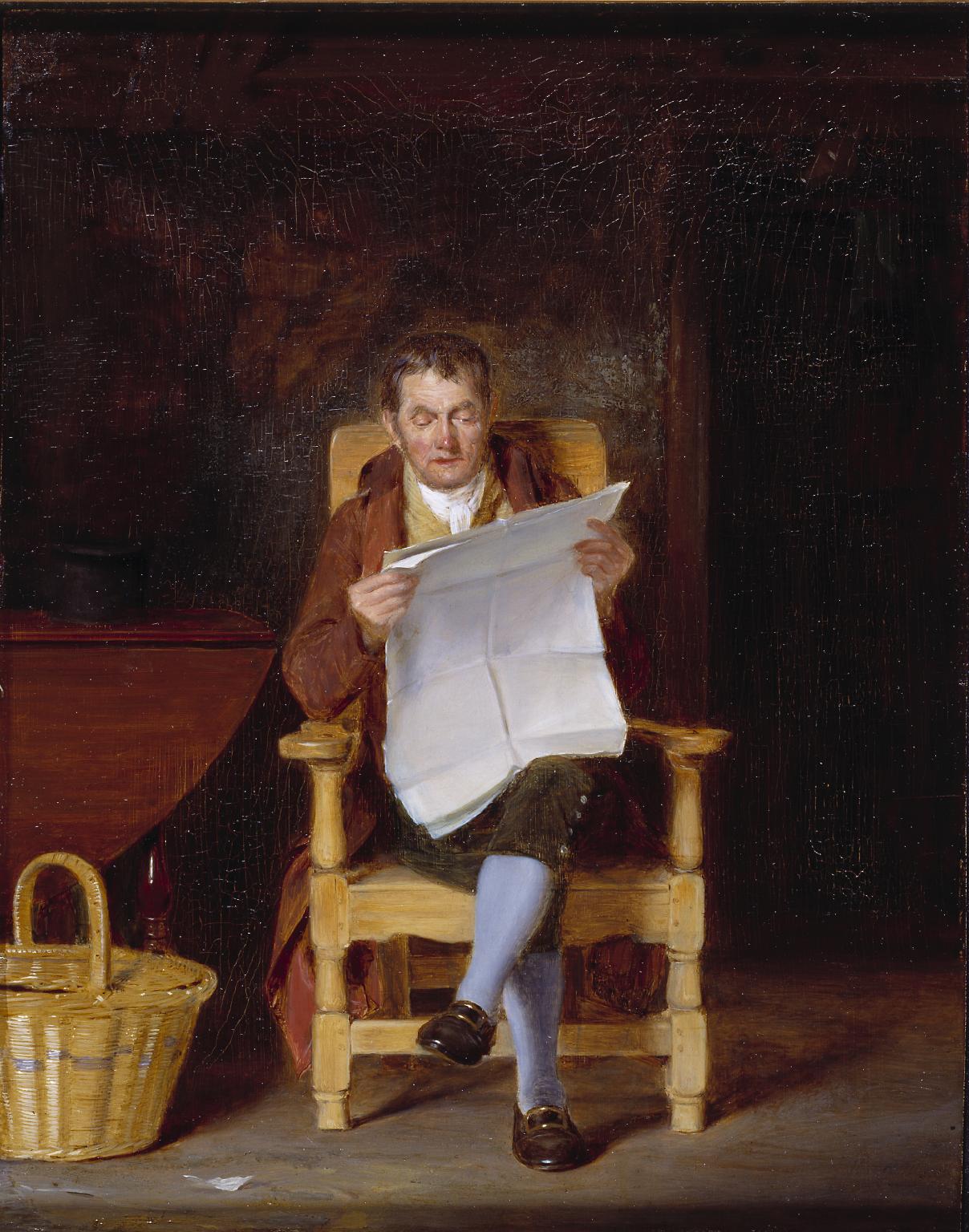
You've viewed 6/22 artworks
You've viewed 22/22 artworks
We recommend
-
The Racial and Identity Politics of Head of a Man
Consider and question the intentions, politics and legacy of this landmark artwork
-
John Simpson's Head of a Man
In celebration of the reopening of Tate Britain, Tate Etc. invited a selection of artists from around the world to choose a favoured work from a fellow artist currently on display. Here, Peruvian artist Sandra Gamarra discusses John Simpson's Head of a Man

